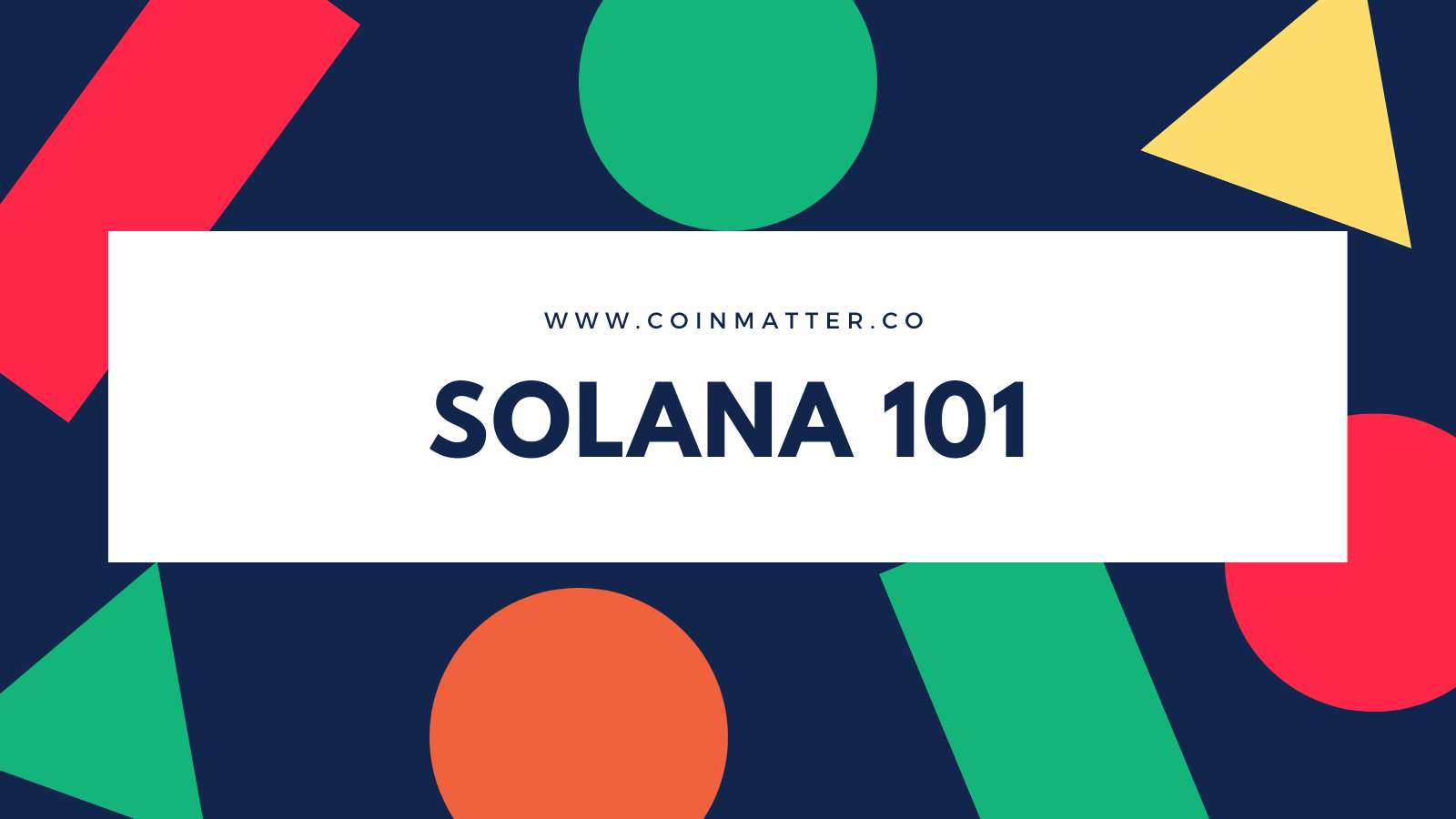For the uninitiated, Token Economics refers to the study of the supply and demand of a blockchain's native token.
In this post, we will understand how this plays out in Solana.
It's all about SOL

SOL is the native token of the Solana blockchain. All activities on the network will either result in the creation, transfer or destruction of SOL.
Let's go back in time to the beginning of the Solana network to understand how all these activities have played out so far.
At the time of genesis, 500,000,000 SOL was created.
Did you know?
The smallest unit of SOL is called a lamport, in honor of Leslie Lamport whose work influenced a lot of the tech behind Solana.
1 lamport = 0.000000001 SOL.
Over time, this initial supply of SOL was distributed in the following manner.
- Seed Sale tokens comprise 16.23%
- Founding Sale tokens comprise 12.92%
- Validator Sale tokens comprise 5.18%
- Strategic Sale tokens comprise 1.88%
- CoinList Auction Sale tokens comprise 1.64%
- Team tokens comprise 12.79%
- Foundation tokens comprise 10.46%
- Community tokens comprise 38.89%
SOL supply dynamics
At the time of writing, the total supply of SOL is at 510,407,536. A keen reader will be wondering where the extra SOL came from?
This is due to the phenomenon called inflation.
Solana has a predetermined inflation schedule, which controls the inflation rate at any given point of time in the network. The inflation rate started at 8% at the time of genesis. The rationale for this rate is that the creators wanted more SOL to be created per block to attract and incentivize people to start using the Solana network.
Anyone with a basic understanding of inflationary economics will know that prices start to spiral out of control as time progresses. Solana has a deflationary force in play to put a check on this.
Inflation reduces at a fixed rate of 15% per annum. This rate is called the dis-inflation rate.

From the above graph, you can see that the network expects the long term inflation rate to be at 1.5%.
Did you know?
The current total supply of SOL is a dynamic value. You can check the latest number here
Burn that SOL!

Solana has an additional deflationary force in the form of burning SOL based on certain conditions.
Whenever a transaction is made on the network, an additional amount of SOL is added to the transaction by a person or smart contract to incentivize the network validators to add that transaction to the blockchain at the earliest. Think of it as tips given to the validator. The validator nodes in turn add the transactions with the highest fees to the blockchain first.
50% of these SOLs are burnt(destroyed), and the rest are given to the validator who adds that transaction to the current block.
Due to this burning of SOL, the effective inflation will be lesser than the inflation plotted in the above graph. You can think of the predetermined inflation schedule as an upper limit.
Did you know?
When the inflation rate goes to 1.5%, if there are sufficiently large number of transactions, the burn rate of SOL can go to 1.5% per year. This means Solana can have 0% effective inflation.
This will make it the ideal blockchain for all transaction purposes in the world.
SOL staking and yield
Since Solana is a Proof-of-Stake network, it rewards people with SOL whenever they participate by depositing their SOL to validator nodes in a process called staking.
Currently, 100% of the SOL generated on creating a new block is given to the validator node, which further takes a commission and distributes the rest to all people who have staked SOL with that validator. This may change in the future wherein a portion of SOL generated may be burnt to pay for data storage middleware.
The SOL generated is distributed to a validator at the beginning of the next epoch (currently around 2 days and 21 hours). The amount of SOL thus created will be according to the inflation rate at that point in time.

The SOL yield decreases over a long period since inflation reduces too. The current average effective yield turns out to be about 6.8%.
Conclusion
In time Solana aims to be a zero to mildly inflationary network. The expectation is that the network would have matured and a lot of transactions will be happening to support the validators with transaction fees alone.
These are still early days for the network. If you believe in Solana, stake your SOL. In return you will end up HODLing and get more SOL too.
You can also follow coinmatter on Twitter and Instagram to get notified when new posts are published and enjoy some cool infographics.

